Stay Connected
Join our mailing list to receive product drop announcements


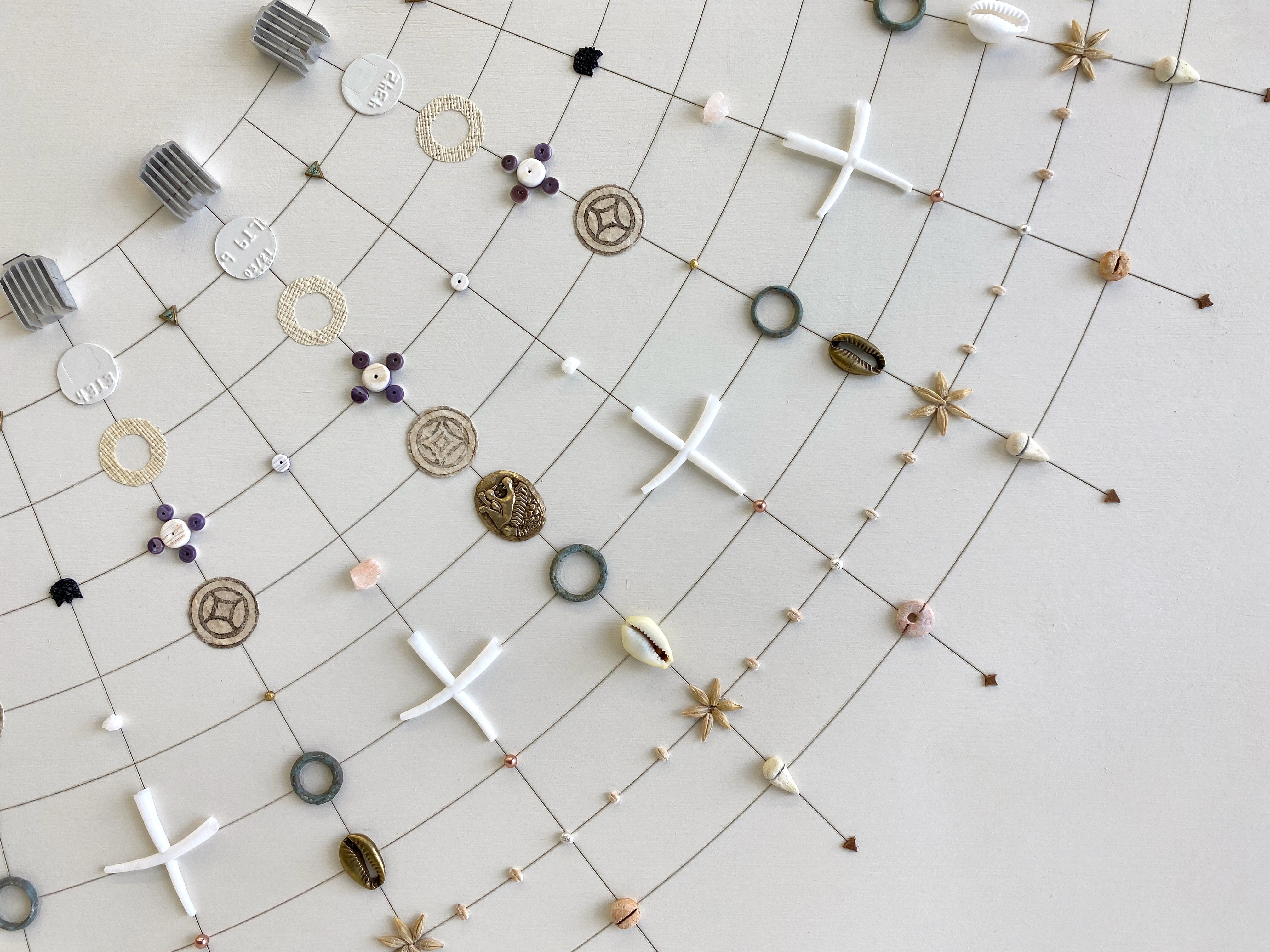

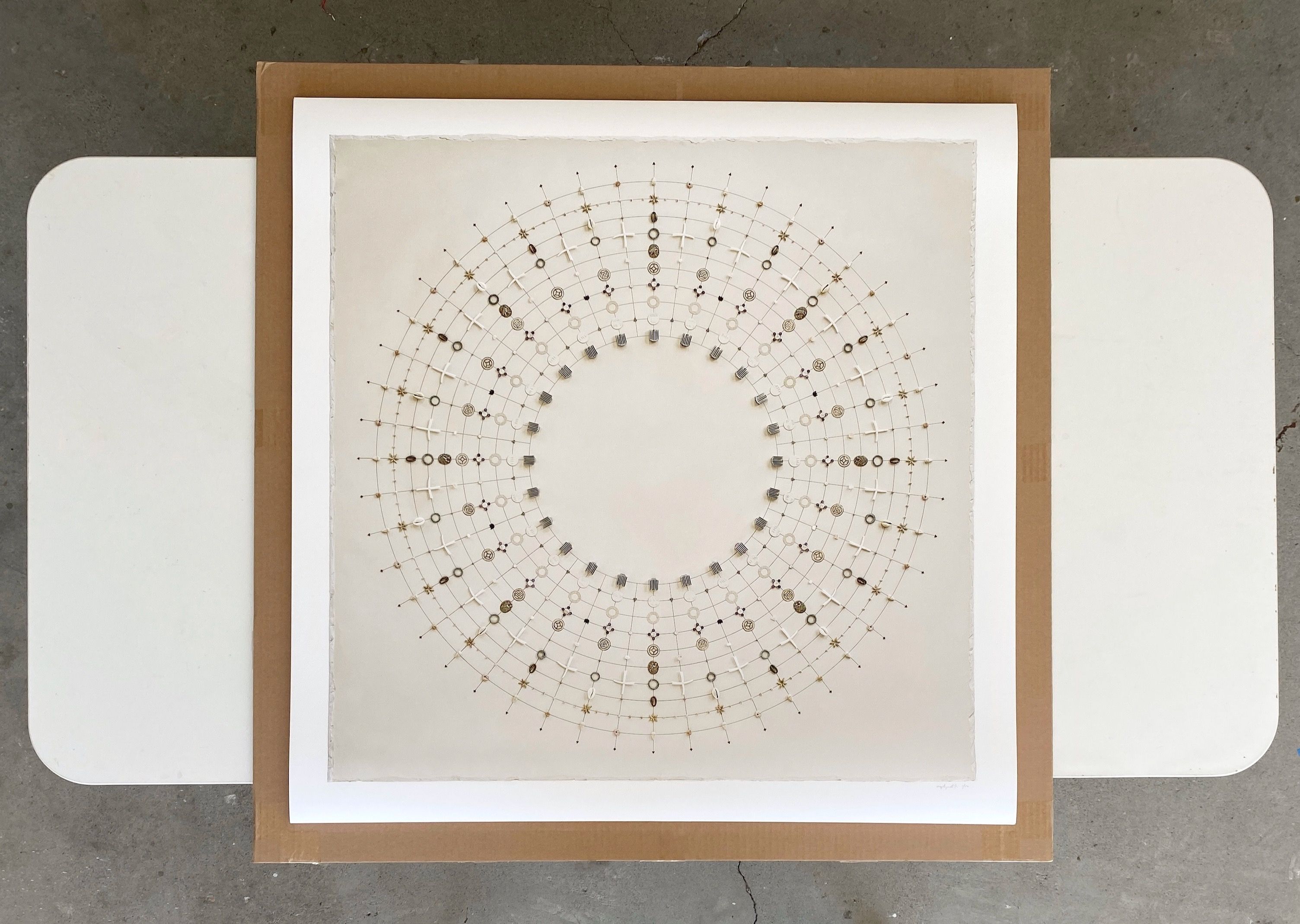

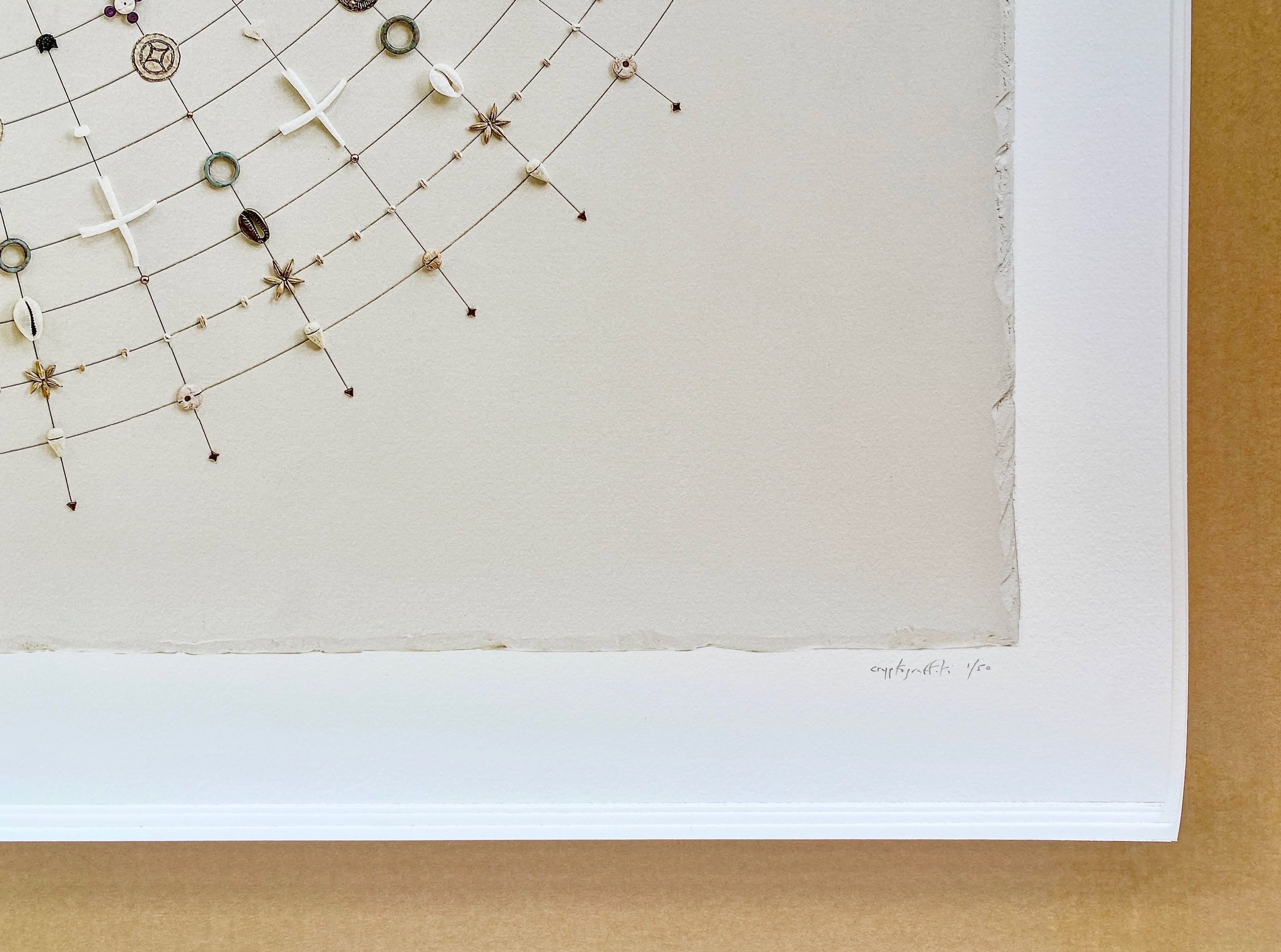



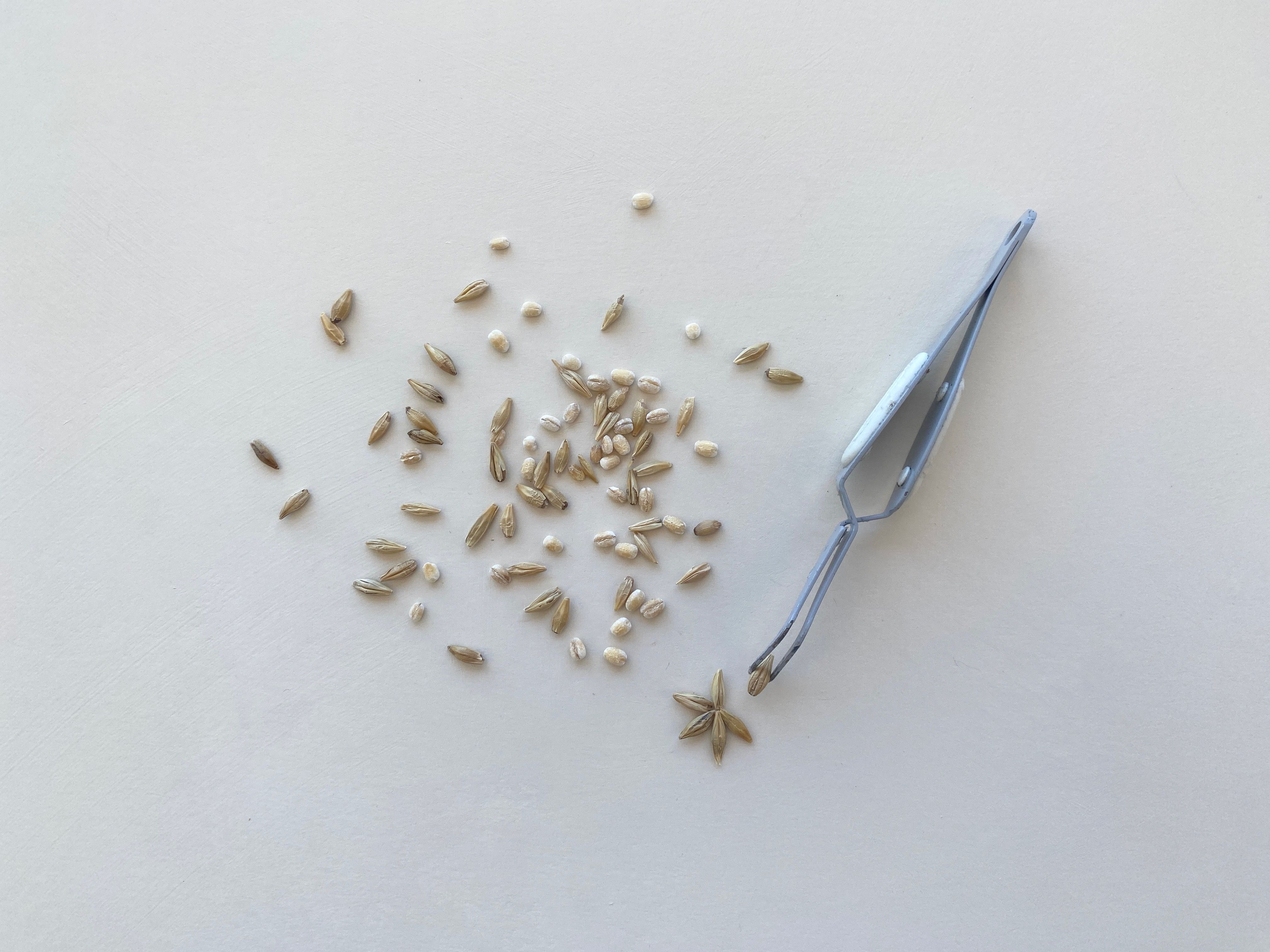
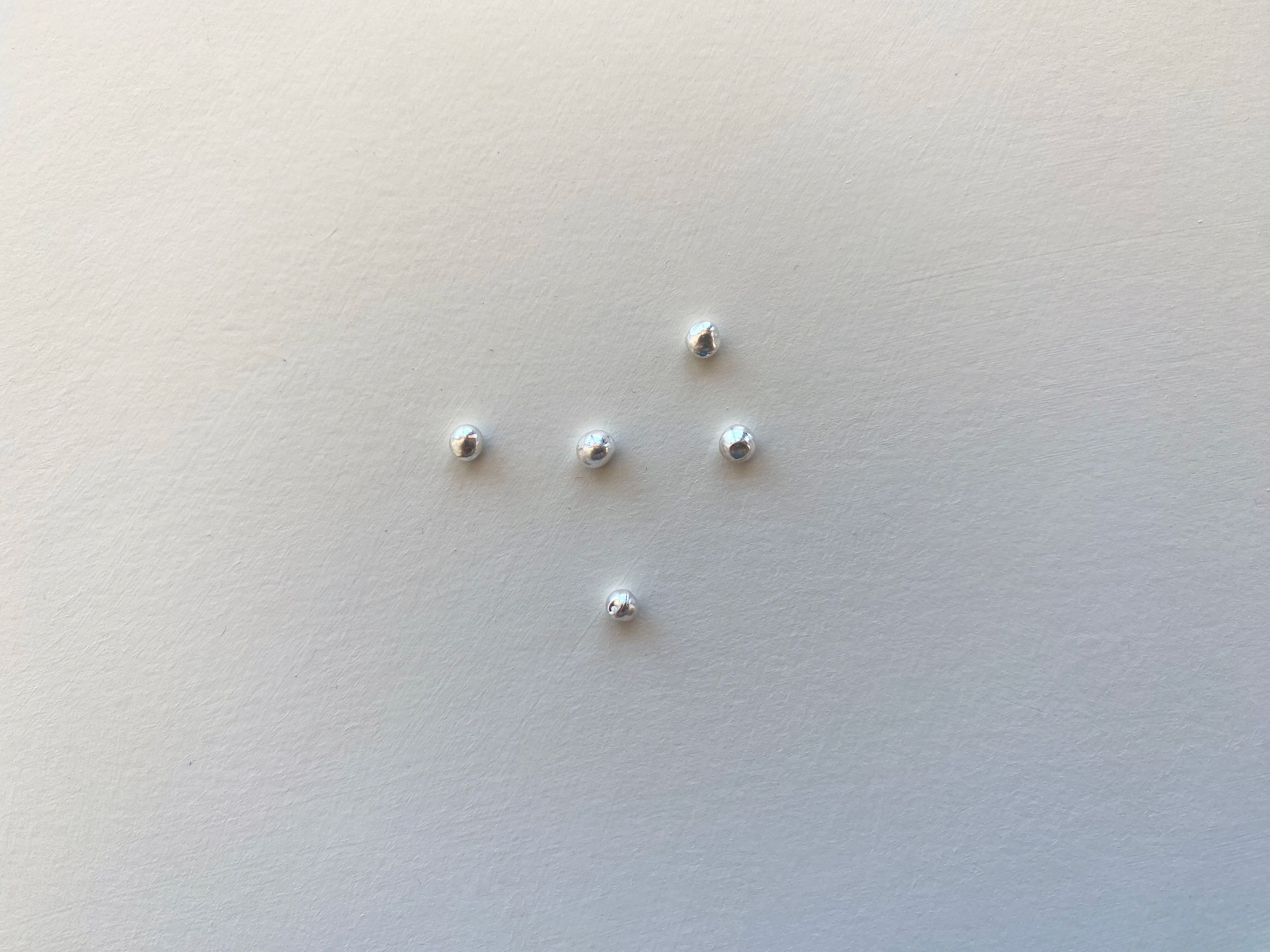
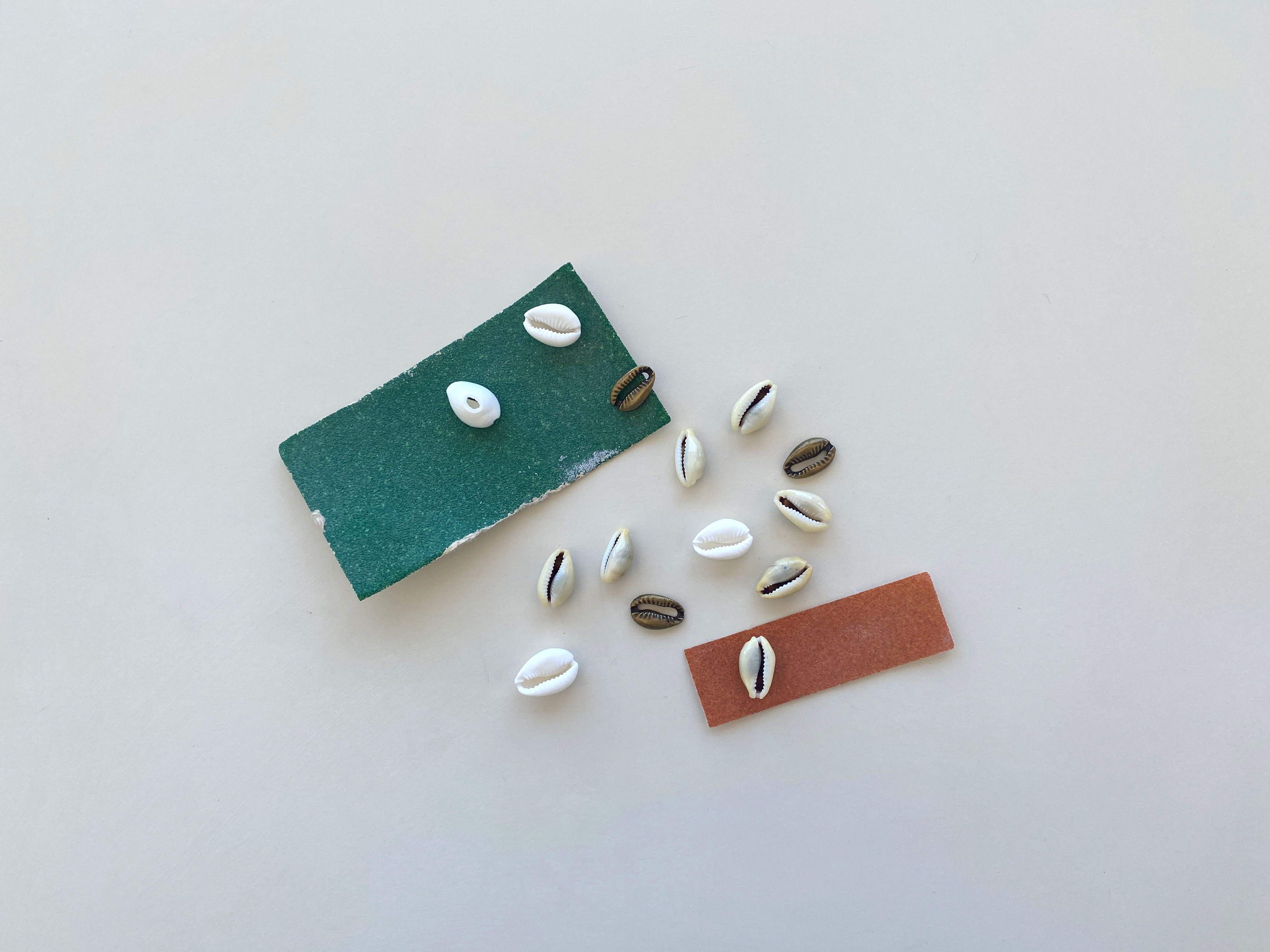
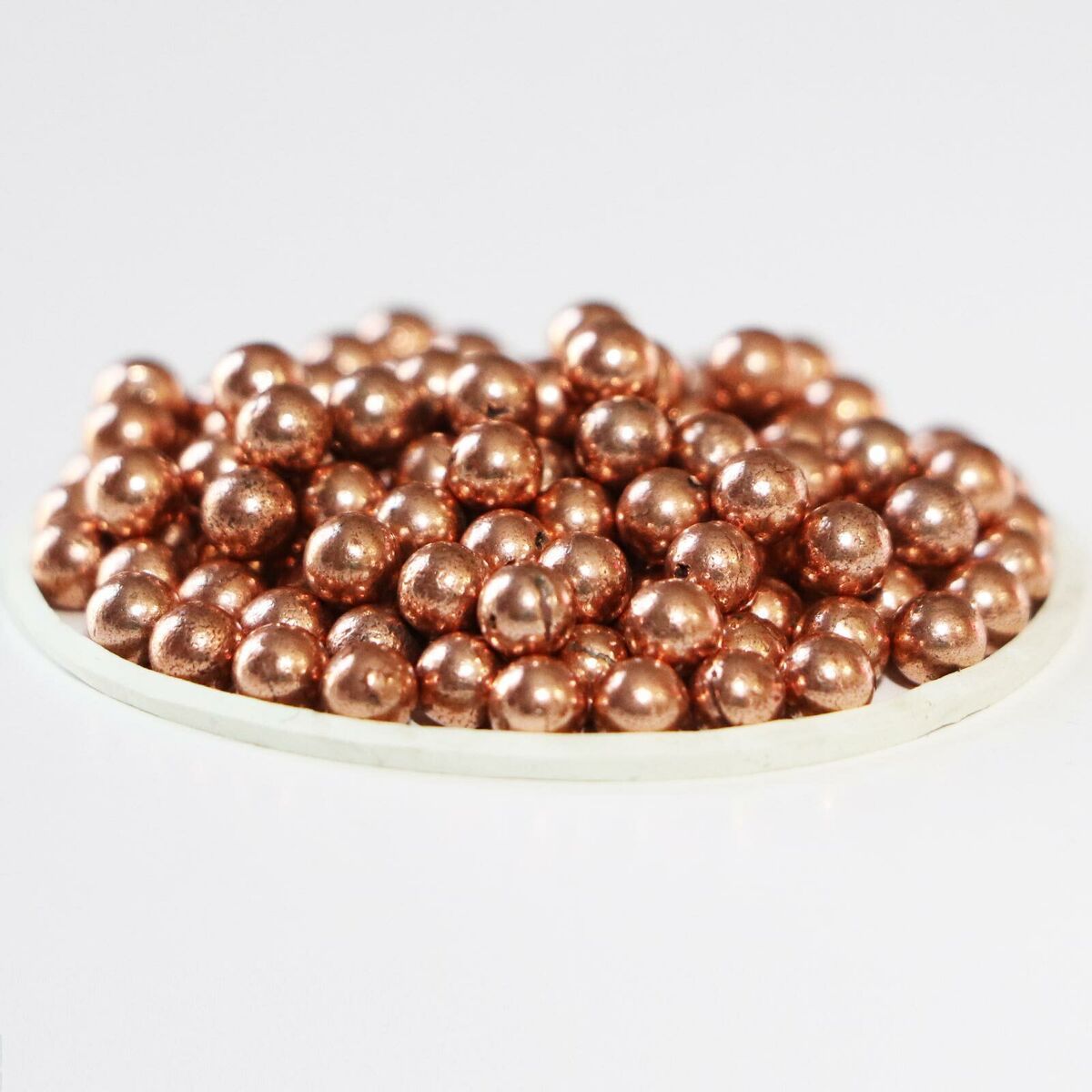


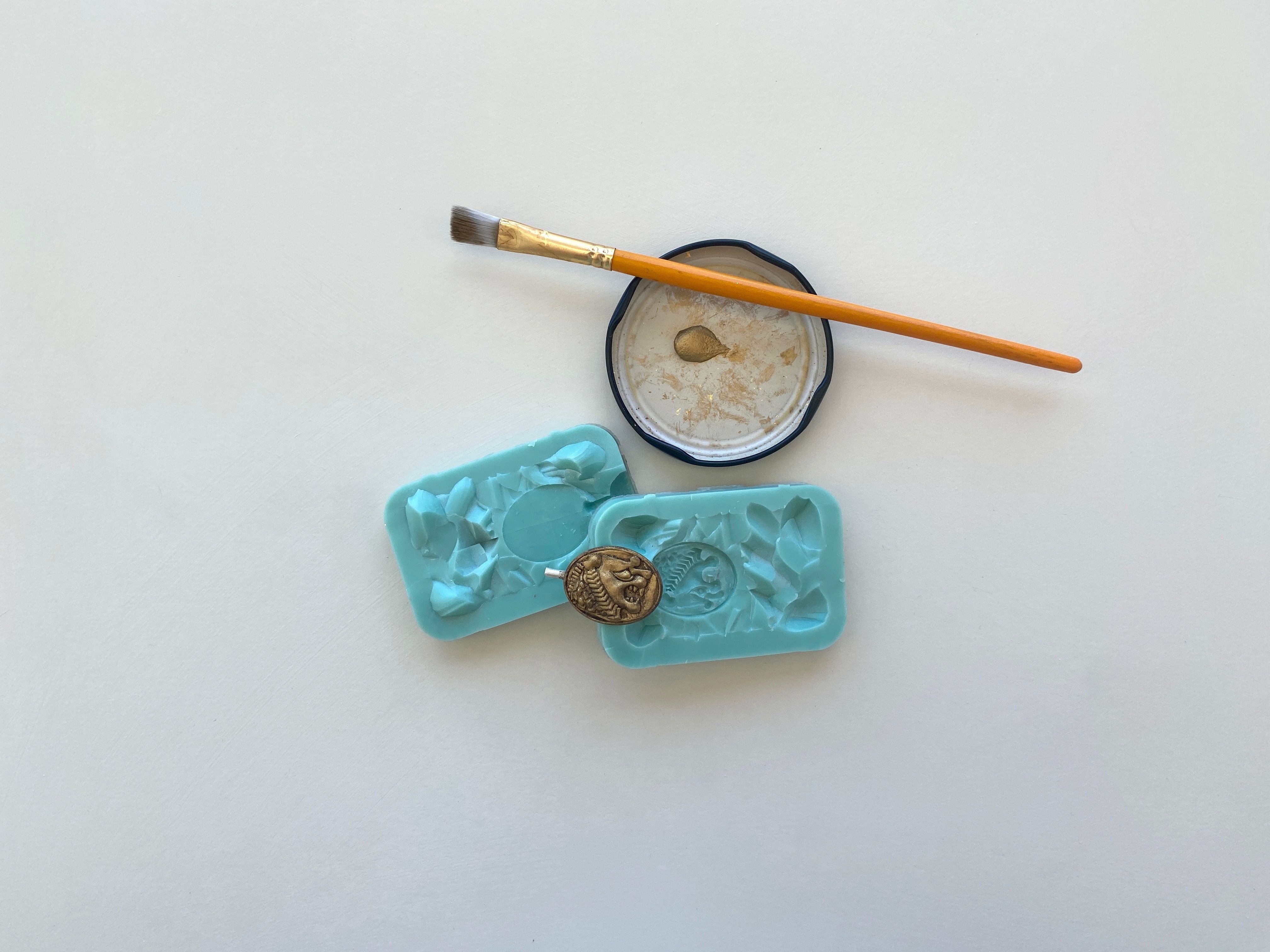
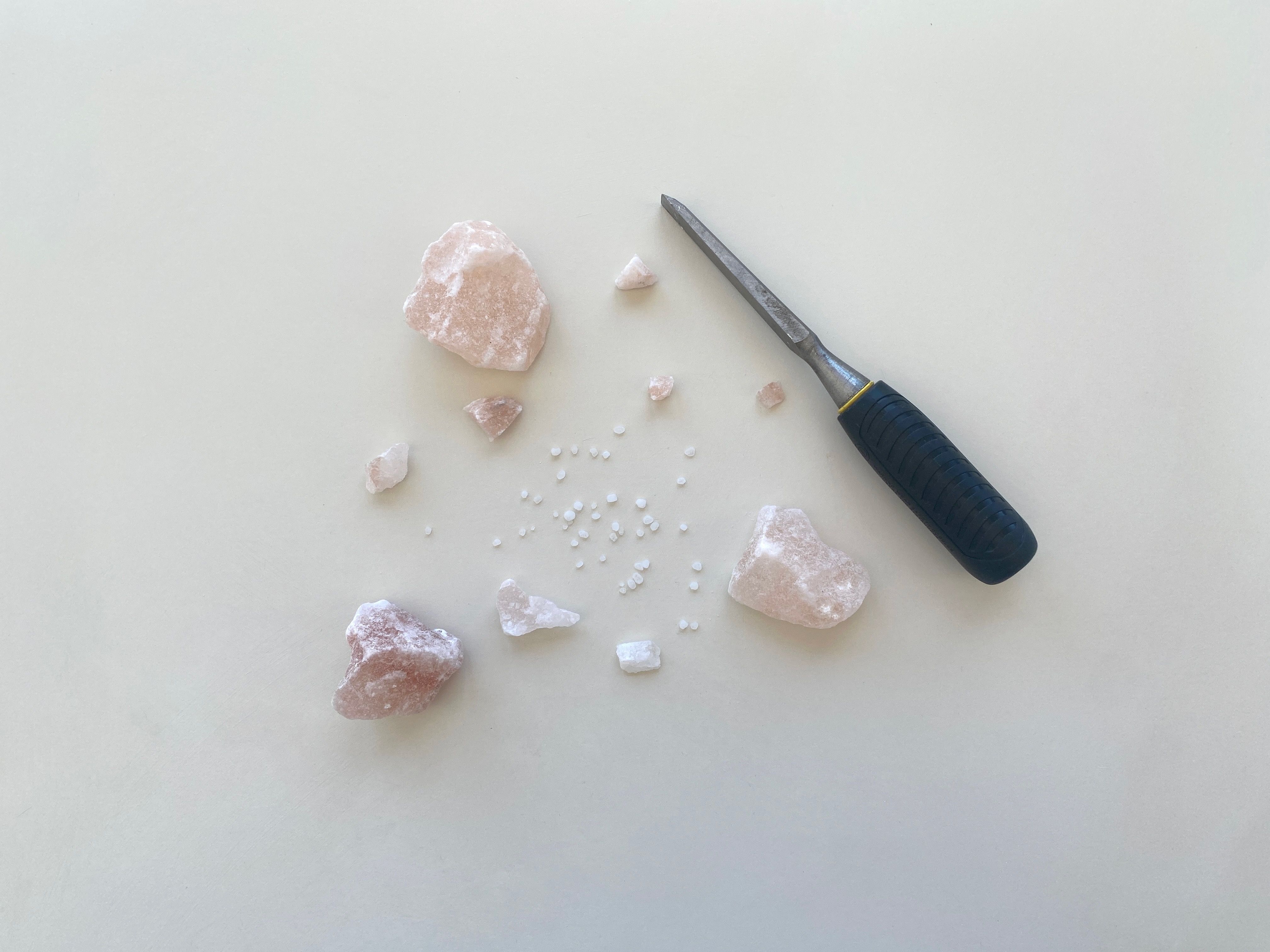




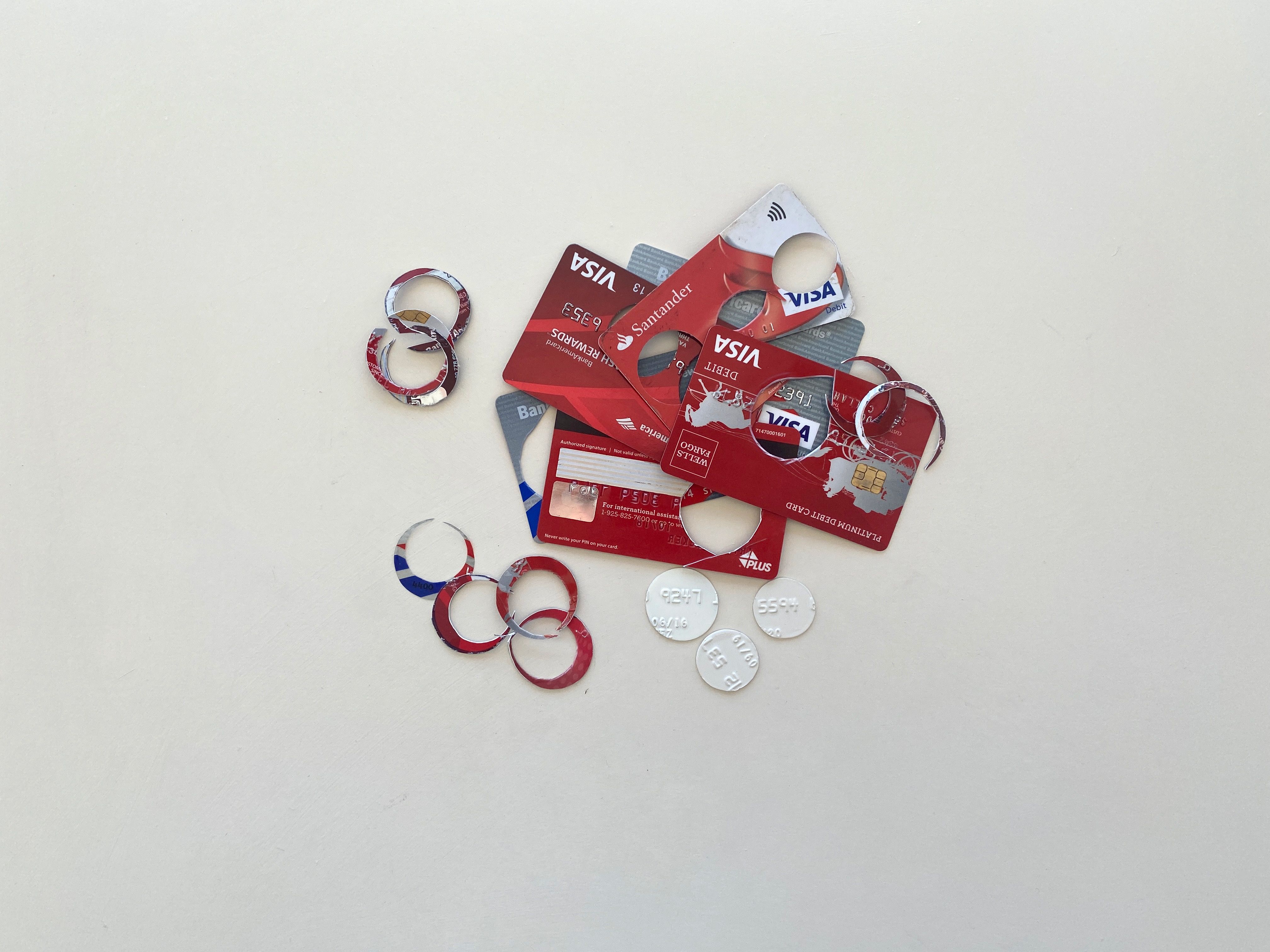


860K sats
$773.73
36 sold
Up for sale is a limited-edition of 50 Evolution prints. These prints were created from my latest original which examines the history of money and its many different forms. The prints measure 36 in x 36 in (91.44 cm x 91.44 cm) when including the white border. They are signed, numbered and printed on Arches BFK Rives Pure White 310 gsm paper guaranteeing archival standards.
The prints are AR-enabled and chronologically walk the viewer through a timeline of the various pieces. The AR can be finicky at times and either take a moment to register or display in the wrong orientation due the level of detail and symmetry in the artwork.
Evolution prints ship rolled in a heavy duty mailing tube w/ buyer to pay shipping.
Maximum estimated shipping cost added to the winner’s final balance:
North America: $25.00
All other destinations: $130.00
If the shipping cost does not reach the maximum estimate, the balance will be reimbursed.
The starting price of the print increases 10,000 sats with each purchase. The buyer who pays the most receives edition #1, the buyer who pays the 2nd highest amount receives edition #2 and so on. Buyers have the option of paying more than their invoice amount to receive a lower edition number (only possible when paying onchain, not Lightning). The top buyer will also receive some of the leftover pieces from the artwork's creation such as spare Lydian coin reproductions.
More about the artwork:
Evolution was inspired by my personal research delving into the history of money. I created replicas of many of the included pieces while others are authentic. Together, they form a timeline ultimately arriving at the hardest form of money known to man. In creating Evolution, I learned about the numerous ways money had been corrupted over time which has made me appreciate Bitcoin even more.
The included elements:
Distressed leather
Cowhide represents barter and gifting as the early origins of money. Although there is no anthropological evidence of early barter economies, many cite its double coincidence of wants as cultivating the need for later forms of money
Sumerian clay token replicas
These tokens served as commodity counters with each shape representing a quantity of a particular good being exchanged. Simplified versions date back to 7500 BCE. Later, the tokens were imprinted on clay tablets which is considered to be the beginning of writing.
Barley and silver
Sumerian barley money (~3000 BC) is thought by many historians to be the earliest form of money. Fixed measurements such as the sila gave Babylonians a universal exchange for other goods and services. By 2000 BC, the silver shekel rose to prominence as it proved more durable, portable, fungible and scarce than barley.
Cowrie shells
Cowries were the most widely used form of shell money trading throughout Africa, South Asia and East Asia. Usage in China is estimated as early as 2000 BC and in Africa as recently as the 1960s. Cypraea moneta were most common species followed by Cypraea annulus. Eventually, bronze versions helped fulfill shortages and are considered by some as the earliest metal coinage.
Copper
During the early Bronze Age copper objects were used as commodity money in Europe. Numerous axes, rings and ribs have been found with indistinguishable weight if being weighed by hand which indicates they were likely used as currency.
Dentalium Pretiosum
Dentalium was another early form of shell money that fueled commerce for Native Americans of North America. Difficult to harvest from deep waters, the mollusks were strung together and worn to display wealth. “Indian bankers” tattooed marks on their arms to accurately measure dentalium strings for trade.
Celtic rings
Another proto-currency circulating around this time was Celtic ring money. Simple and ornate gold and bronze rings were worn with clothing and traded among tribes from Ireland to the Danube region. These particular rings are authentic and estimated to be from 450-100 BC.
Lydian coin replicas
Around the 7th century, the first coins were invented in Asia Minor. Made from electrum, early versions were simple in form and later featured detailed designs representing kingdoms. Historians believe minting in this gold and silver alloy served as an insurance premium as it allowed for control of the desired metal mix. Coins allowed commerce by count vs weight resulting in coin clipping and other practices leading to Gresham’s Law.
Salt
While likely traded much earlier, the first documented record of salt as currency was discovered in Campeche, Mexico. A 2,500 year old mural depicts a Mayan market vendor showing a salt cake to a customer. Dozens of salt mines were also found in the area along with ceramic jars used for boiling standardized quantities.
Jiaozi stamp replicas
Promissory notes are thought to have originated from the desire of Chinese merchants to have a lighter weight money than coins. By 960 with copper supplies running low, the Song Dynasty circulated jiaozi notes which numismatists consider the first paper currency. To combat counterfeiting, governments stamped them with multiple seals but ultimately, improper production regulation led to hyperinflation.
Tulip seeds
Tulip mania is widely considered the world’s first asset bubble. In the 17th century, the flowers were coveted by the Dutch with some rare varieties being seen as status symbols. Rising popularity gave way to futures trading with contracts being bought and sold not for the tulips themselves but to try and flip the assets for profit. Plague concerns in the spring of 1637 caused speculators to frantically sell their contracts resulting in sudden collapse.
Wampum
Wampum beads served many purposes besides money among North American indigenous groups. Made from whelk and clam shells, the beads were valuable due to their laborious creation process and ceremonial importance. They were used to record treaties, given other tribes as tributes and exchanged for gifts. Massachusetts Bay Colony officially recognized wampum as currency in 1650.
Raffia
Raffia is made from palm leaf segments and used in various forms as currency throughout central Africa during the late 19th and 20th centuries. Cloths and mats were used to purchase items at markets and as payment for significant life events such as marriages and deaths. The value of the raffia was predicated on the quality of the items construction.
Credit cards
Credit cards gained adoption during the post-WWII consumer spending boom. They provided an easier alternative to the paperwork for small loans from banks. Prior to being universally accepted, company-specific charge cards that resembled dog tags were given to select customers by department stores.
Gold standard
In 1821, England became the first country to back paper currency with a fixed amount of gold. Several other countries followed suit in the late 19th and early 20th century with the US being one of the last. Even though a gold standard provides economic stability and transparency by reducing the risk of inflation and overspending, no countries are currently using it as their monetary system.
Bitcoin S9 mining heat sinks
Bitcoin is a global, decentralized digital currency. It is the hardest form of money to ever exist being more portable, divisible, verifiable, censorship-resistant and scarce than gold. Unlike fiat currency, the supply cannot be inflated thereby protecting one’s purchasing power.
Thank you for supporting my art!
cryptograffiti
Physical Artwork:
Join the Scarce City Banter Telegram channel for auction updates, commentary, and sat giveaways.